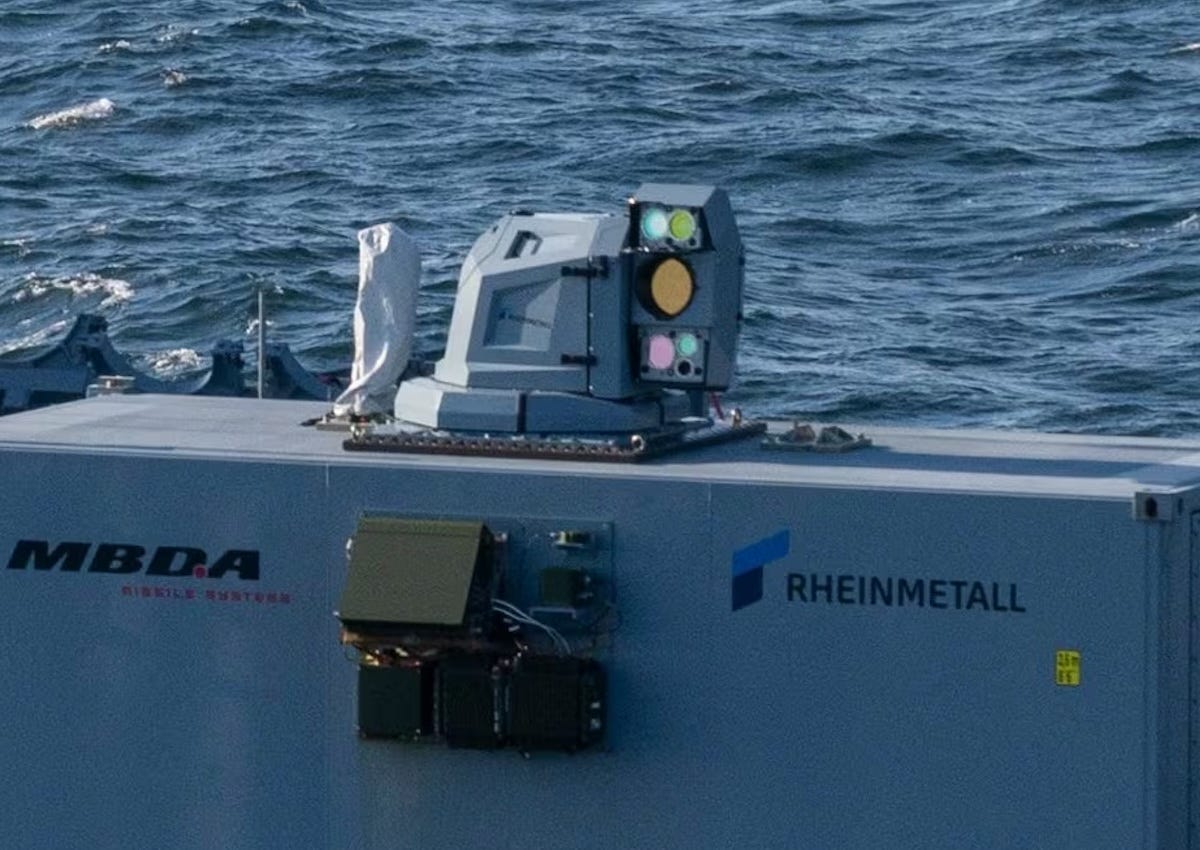Germany's Naval Laser Weapon Is Finally on the Horizon
Rheinmetall and MBDA’s high-energy laser weapon could enter service with the German Navy by the end of the decade.
After more than a decade in development, the Germany military’s shipboard high-energy laser weapon just took a major step forward.
German defense giant Rheinmetall and multinational European missile maker MBDA have transferred their laser weapon demonstrator to the German …
Keep reading with a 7-day free trial
Subscribe to Laser Wars to keep reading this post and get 7 days of free access to the full post archives.



